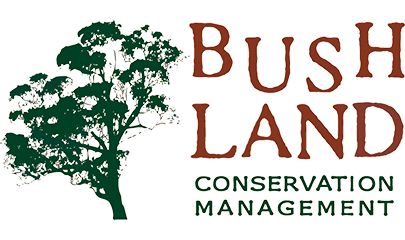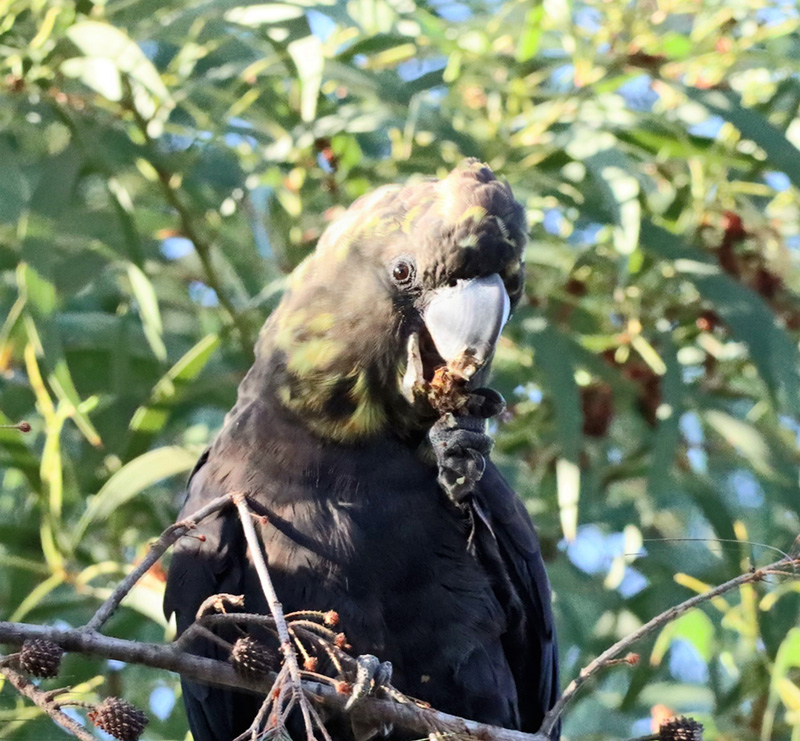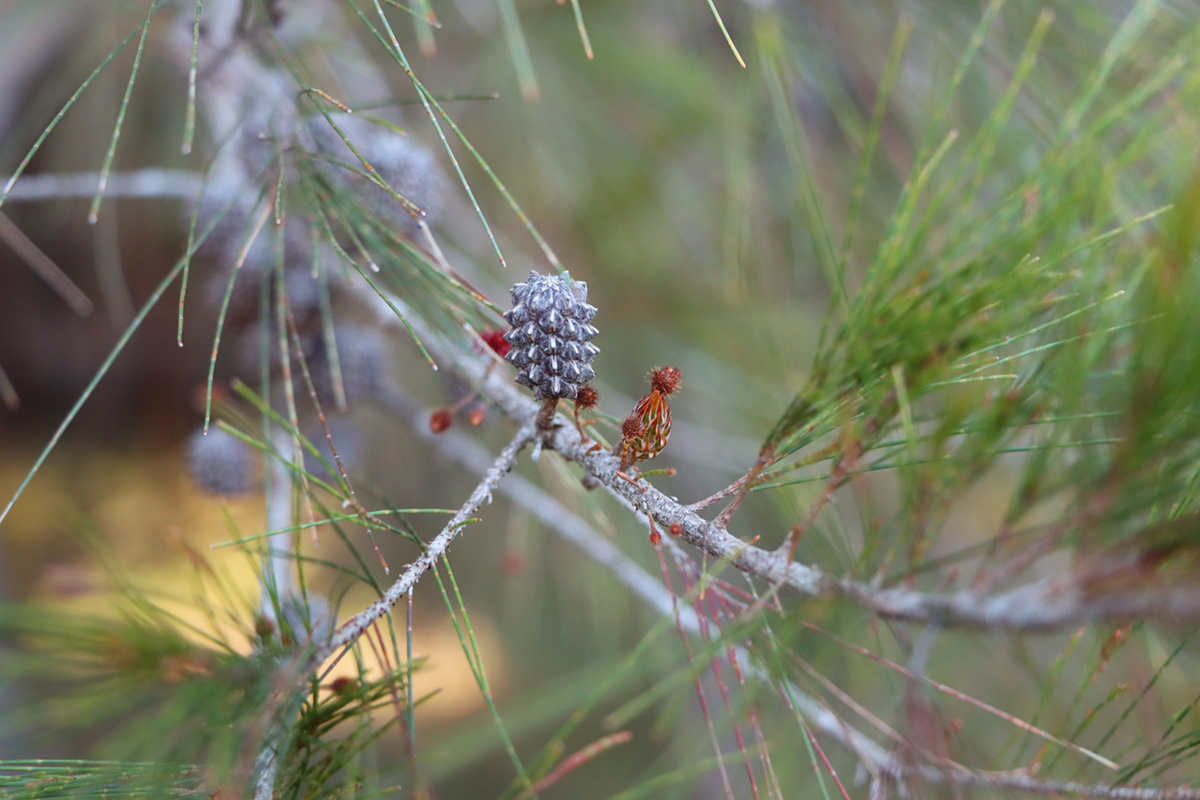Glossy Black-Cockatoo Bioacoustics monitoring in the Noosa Biosphere to provide missing data
The Noosa Biosphere Reserve Foundation (NBRF) has partnered with Bushland Conservation Management on new research in an effort to identify Glossy Black-Cockatoo nesting sites in the Noosa Shire.
The project will use bioacoustics monitoring to record and analyse calls of the bird across the region.
Kim Morris says while bioacoustics technology has been around for a while, this research will use specific recogniser software developed by Dr Daniella Teixeira to identify calls of the Glossy Black-Cockatoo.
“The sound recogniser software was successfully used on Kangaroo Island. Being able to use Dr Teixeira’s software here in Noosa will ensure the accuracy of this data. It would be near impossible to do this manually,” Ms Morris said.
NBRF director Jady Smith said the innovative research was critical to conserving the Glossy Black-Cockatoo.
“The Noosa Biosphere Reserve is considered a significant habitat with up to one-third of the entire known population located in the region. Unfortunately, there is limited data available about their nesting sites and this project will provide some of the data we need for better management,” he said.
The Glossy Black-Cockatoo (GBC) is listed as vulnerable in Queensland and faces ongoing pressures of land clearing, bushfire, and habitat fragmentation.
The research comes after the NBRF hosted the GBC Forum in November last year where current knowledge and management gaps were discussed.
Ms Morris said the forum was instrumental in developing the research project.
“I’ve been doing wildlife nesting boxes for years now which led me down the path to Glossy Black-Cockatoos which have very specific needs. The GBC Forum was great to be among other stakeholders and hear their experiences, what is going on and understanding threats specific to our region,” Ms Morris said.
“There are currently no known recorded nesting sites in the region. Thanks to citizen science observations by passionate community members, we do know Glossies are breeding.
“Once we can identify the nesting sites we can really work on revegetation with feed trees and target further nesting box installation to critical zones.
“This project will supply real data that hasn’t been achieved before in this region. To have the NBRF fully supporting the project is really exciting.
Monitoring will take place during the breeding season between January to June 2022.
The NBRF aims for the data gained from the research to inform future conservation management decisions for local Glossy Black-Cockatoo populations. For more information, visit noosabiosphere.org.au
About the project
The Glossy Black-Cockatoo Calyptorhynchus lathami is a rare and threatened species, listed as vulnerable in Queensland. The Noosa Biosphere Reserve is considered a significant habitat of this black cockatoo with up to one third of the entire known population located in the region.
Glossy Black-Cockatoos are extremely loyal to their habitat and stay within their family groups. There are currently no known active or recorded, natural or artificial nesting sites in the Noosa Shire or Sunshine Coast. Thanks to citizen science observations achieved by the dedicated community at Sunrise Beach, we do know Glossies are breeding.
A key challenge in their recovery is breeding success. Pressures have been put on these large hollow dependant species by land clearing, logging, bush fires and fragmentation. The 2019 and 2020 bushfires in Peregian Springs and Cooroibah impacted feed tree sites and habitat trees in the Noosa Shire.
This project will utilise bioacoustic sound recorders with software to monitor and analyse calls of the Glossy Black-Cockatoo. Identifying successful nesting sites will enable better support and conservation management for local Glossy populations. This research can inform feed tree revegetation, watering hole rehabilitation, habitat protection and further nesting box installation in identified Glossy Black Cockatoo critical zones. Bioacoustic sound recording software was developed by Dr Daniella Teixeira and has been successfully used in other parts of the country, in particular on Kangaroo Island.
Project outcomes
- Identify key Glossy Black-Cockatoo nesting sites in the Noosa Biosphere Reserve.
- New data on viable populations and key habitats in the Noosa Biosphere Reserve.
- Data collection of significant flora and fauna will be recorded within the reference zones.
- Document colonies from the hinterland to the coast. Identify family groups.
- Improve our knowledge of behavioural interactions between the Glossy Black-Cockatoos, the environment and key threatening processes
- Inform and support the Glossy Black-Cockatoo Resilience Action Plan in the Noosa Biosphere.
- Develop a new research technology and methodology that has potential to be replicated across species.
How can you get involved?
- Learn more about how to identify a Glossy Black-Cockatoo.
- Become a citizen scientist and submit a sighting.
- Donate to our Glossy Black-Cockatoo campaign to directly support further research and action.
Timeline
Monitoring will take place during the breeding season between January to June 2022.
This project is due for completion in June 2022.
Glossy Black Cockatoo Nesting Behaviour
This video contains wonderful footage at the start of the Glossy Black Cockatoo enjoying their feed trees Allocasuarina littoralis, but half way through it then goes into watching a male feed it’s mate (not a parent feeding a baby…). This is indicative of nesting behaviour.
This is a wonderful discovery for this area and will be researched by our team.
Video compliments of Land For Wildlife members Allan and Trish Skien.


